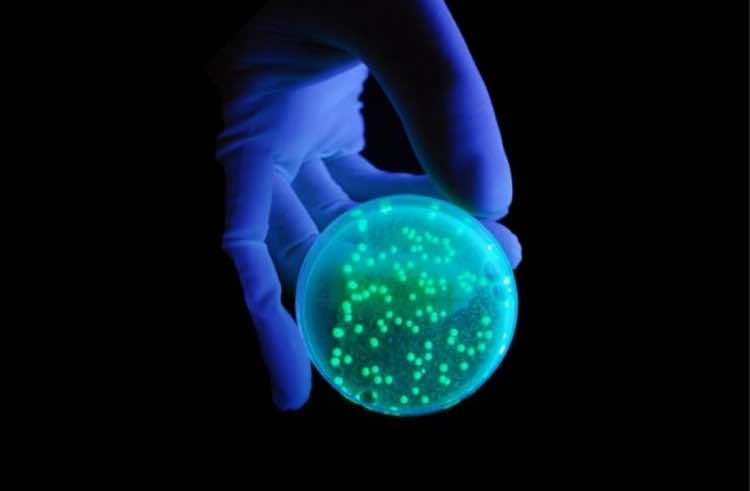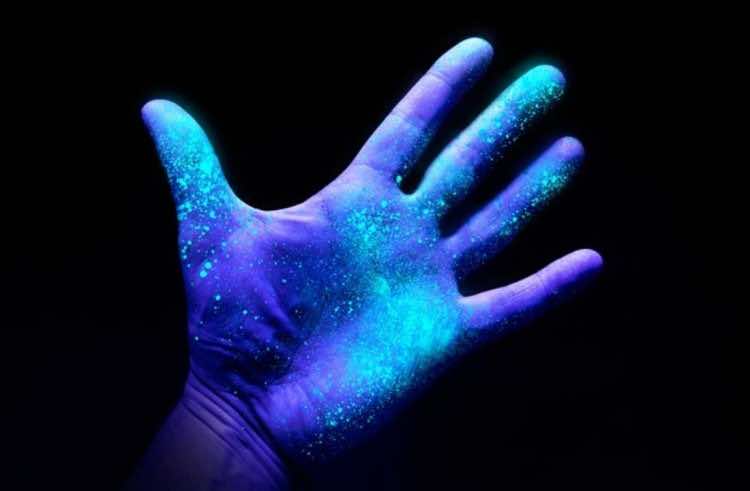For generations, scientists have long known that a form of ultraviolet light called UVC light efficiently destroys microorganisms such as bacteria and pathogens. A novel form of UV light that is safe for humans reduced the number of indoor bacterial contamination by more than 98 percent in less than five minutes, according to collaborative research conducted by scientists at Columbia University Vagelos College of Physicians and Surgeons and in the United Kingdom. Even when more germs were sprayed into the room, the level remained relatively low as long as the lights were turned on. The study implies that far-UVC light from ceiling-mounted lamps might be a very important factor for successful solutions for minimizing the person-to-person transfer of aerosolized illnesses like COVID and pneumonia inside, as well as minimizing the risk of infection.
Many studies conducted across the world over the last decade have proven that far-UVC is both effective in eliminating airborne germs and viruses and harmless to use around people. Researchers sprinkled the chamber with bacterium mist and switched on the far-UVC lights. Even when fresh germs were sprayed into the room, the safe number of bacteria remained constant. The cleansing impact was similar to switching the room’s air 184 times in an hour. According to the authors of the study, this strategy outperforms any other method of sterilizing inhabited interior environments, where five to twenty comparable quality of service per hour is the best that can be achieved feasibly.

UVC light has also been used to purify the air for centuries and is utilized to destroy germs such as bacteria and viruses in some circumstances. But it is not recommended to use it in crowded interior areas since it might be harmful to people’s quality of life, harming their skin and eyes. Because it has a smaller wavelength, it cannot penetrate human skin or eye cells. However, due to their tiny size, it is equally effective at destroying bacteria and viruses. The current study is the first time it has been utilized in life-sized rooms that simulate how it might be utilized.



